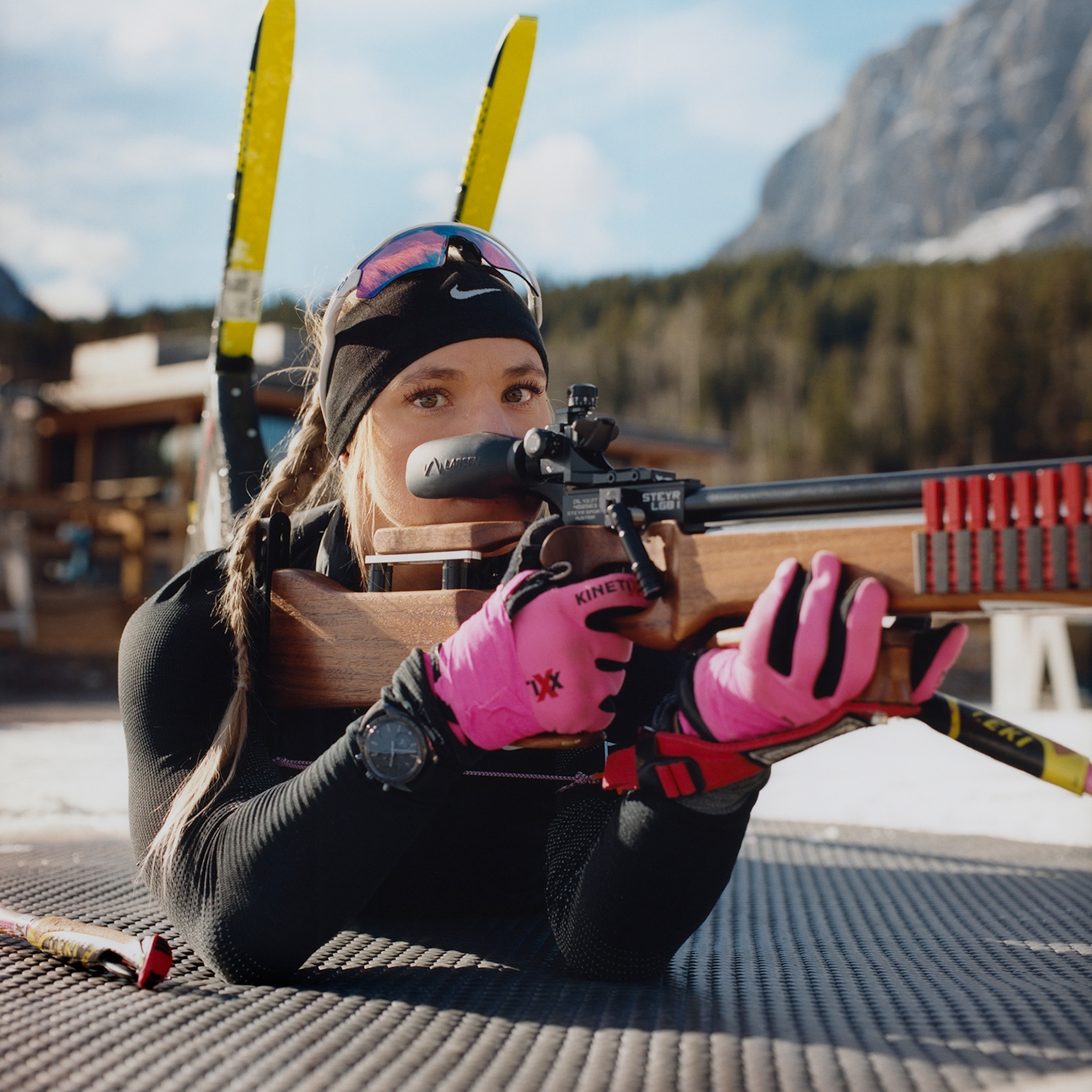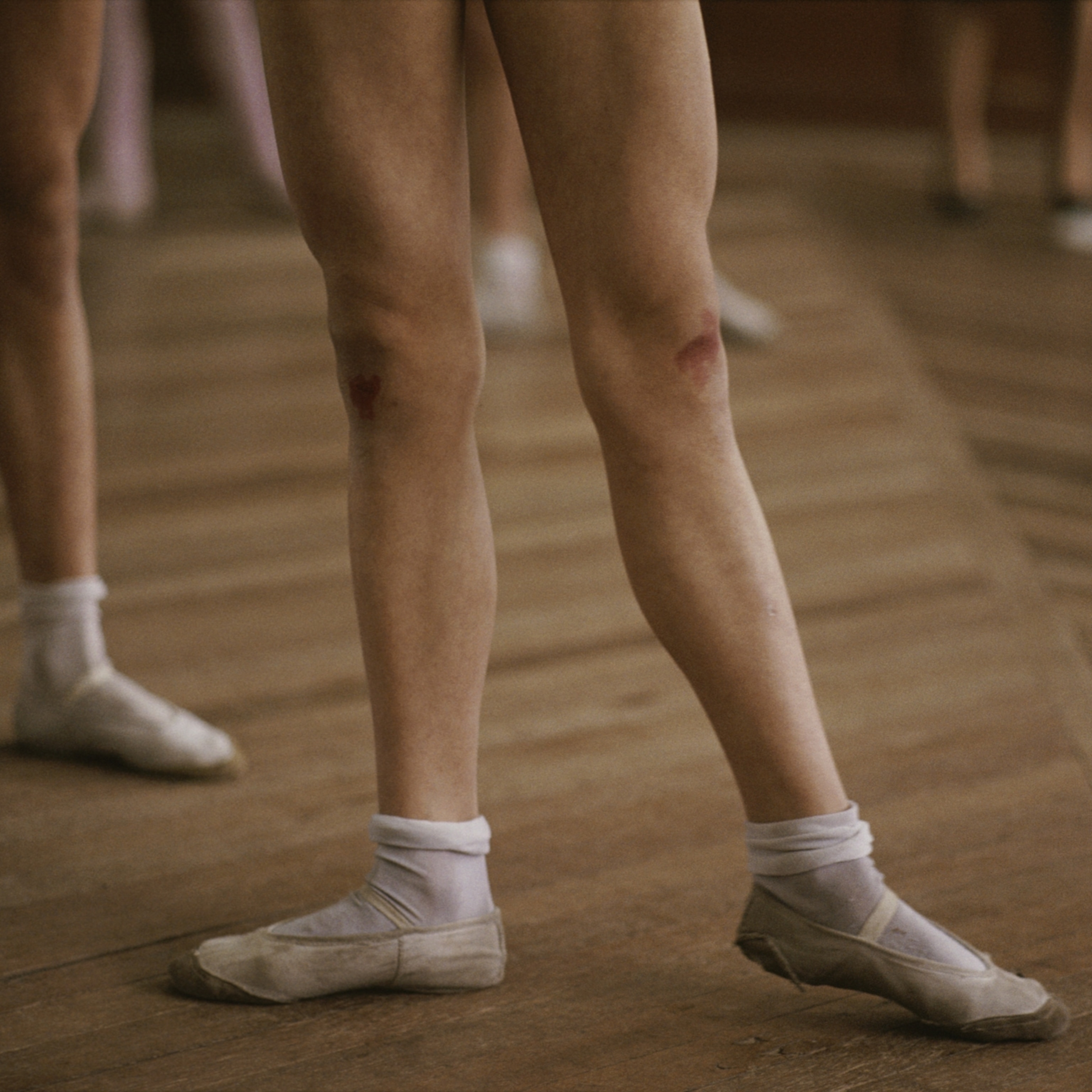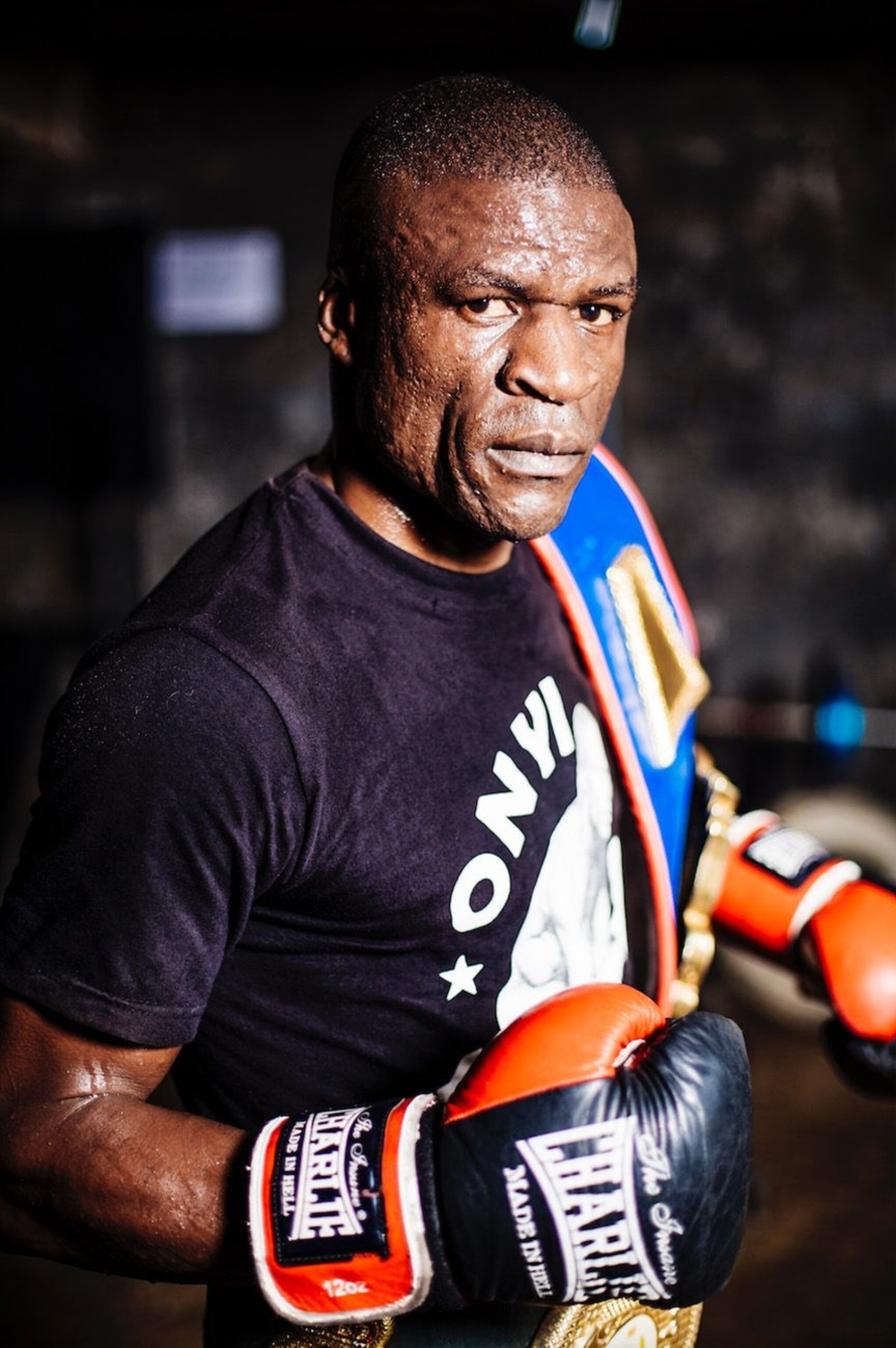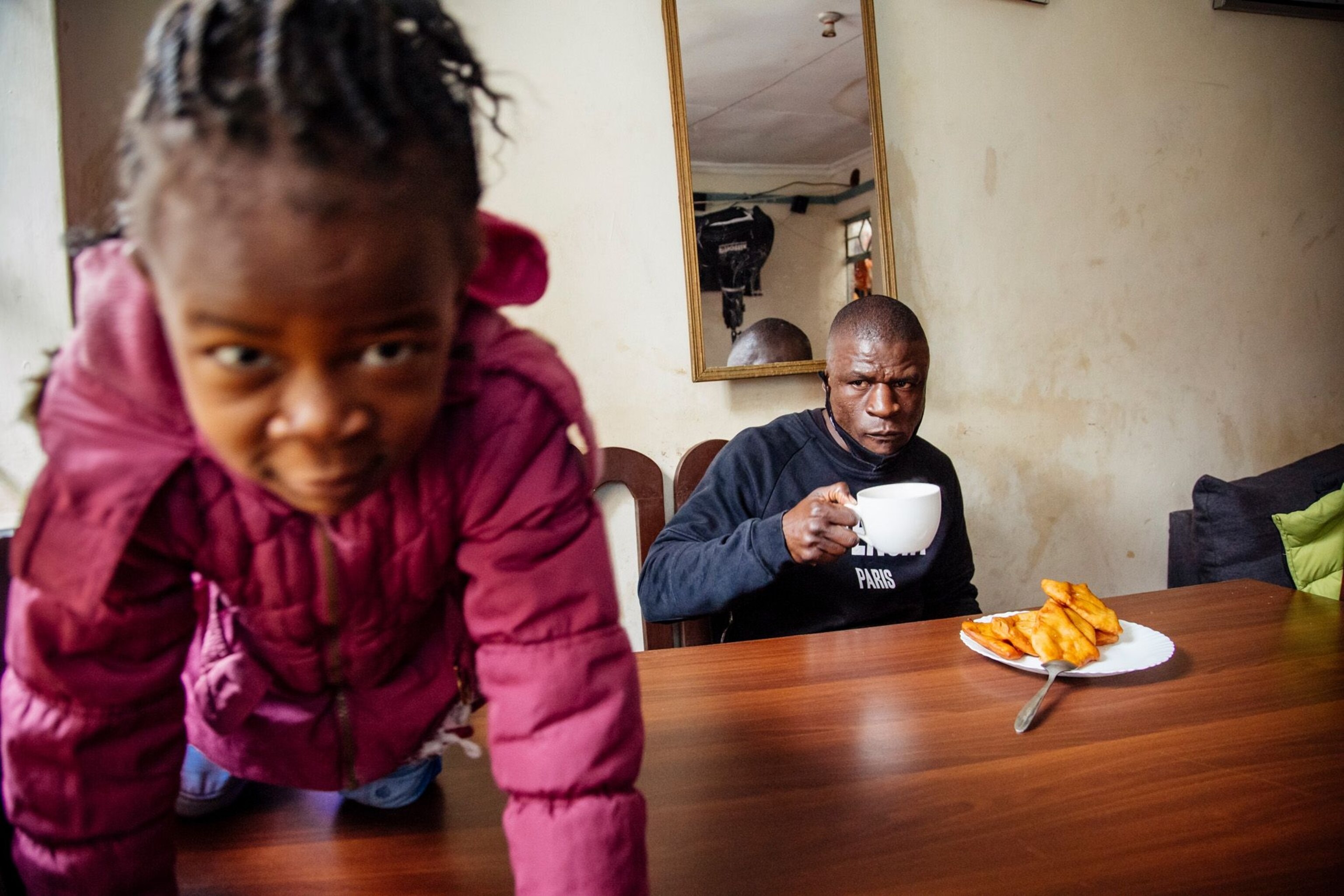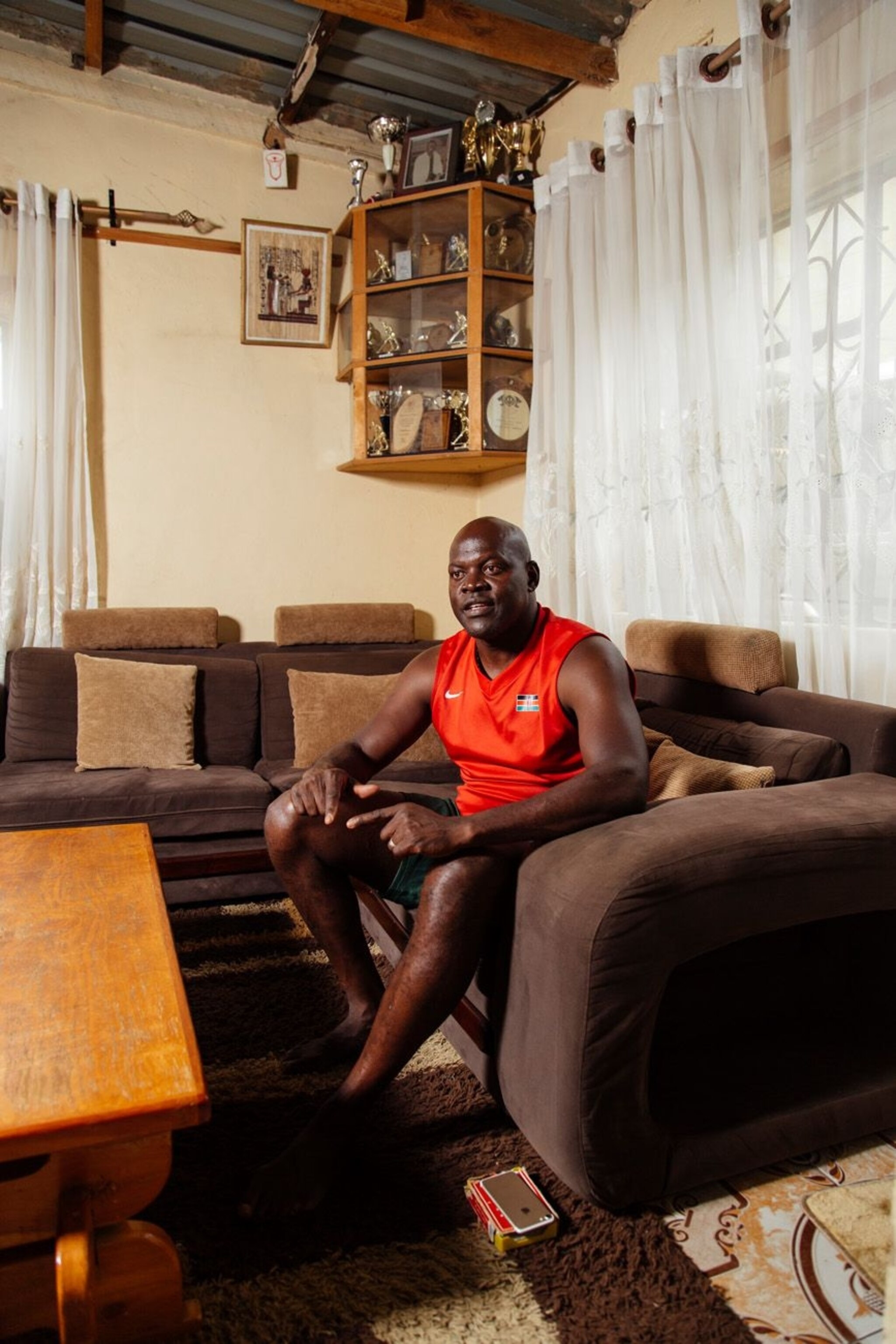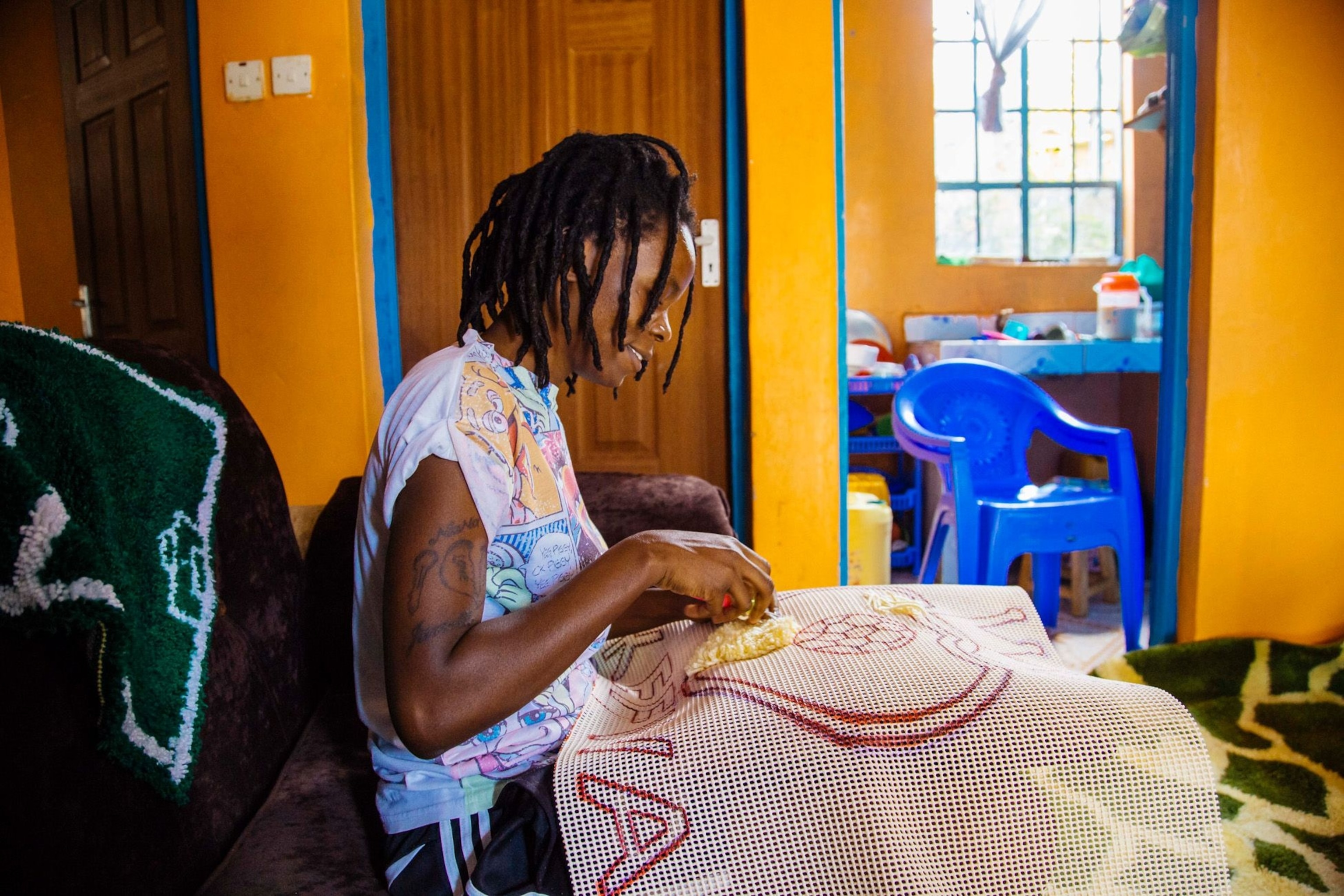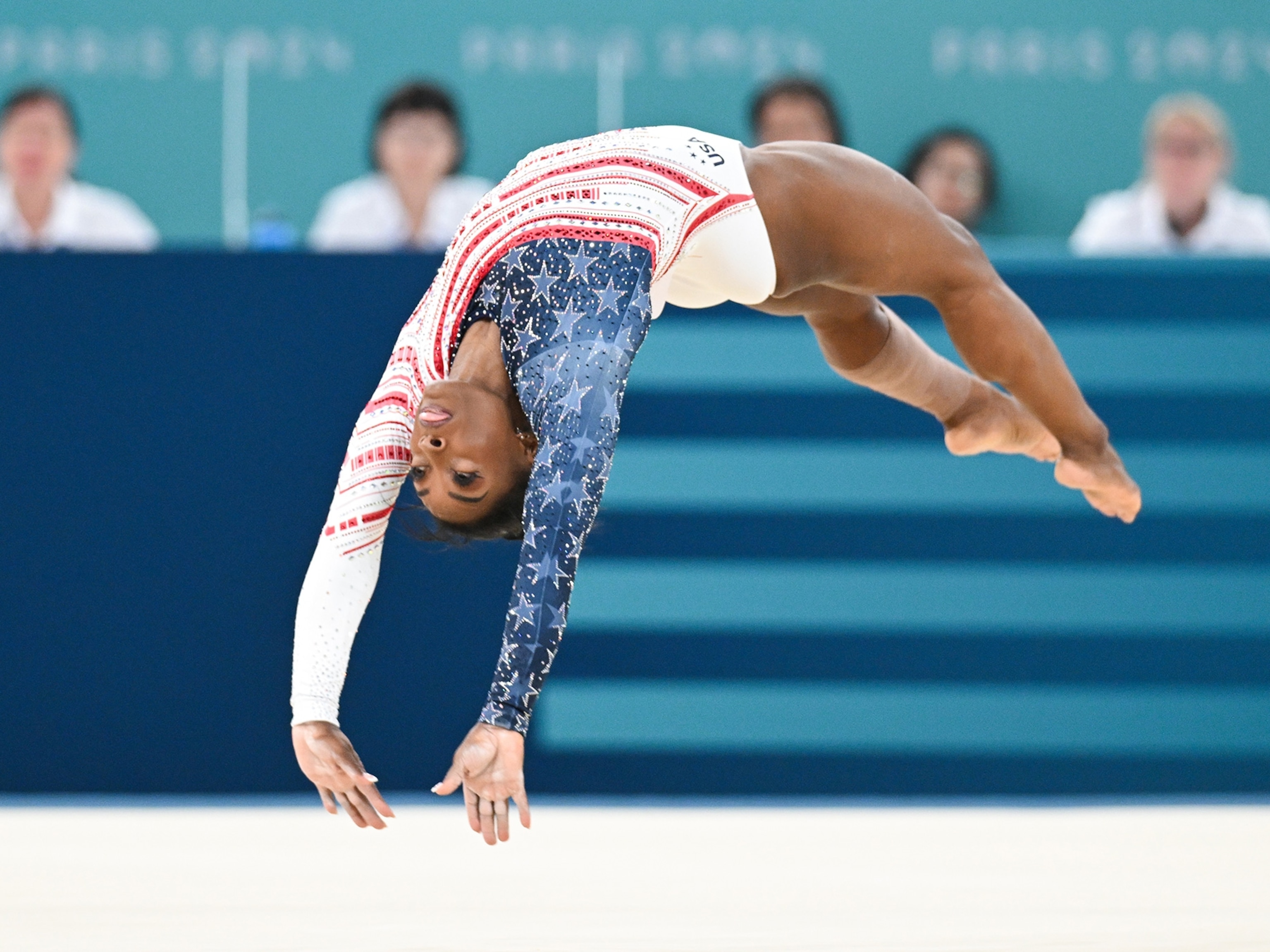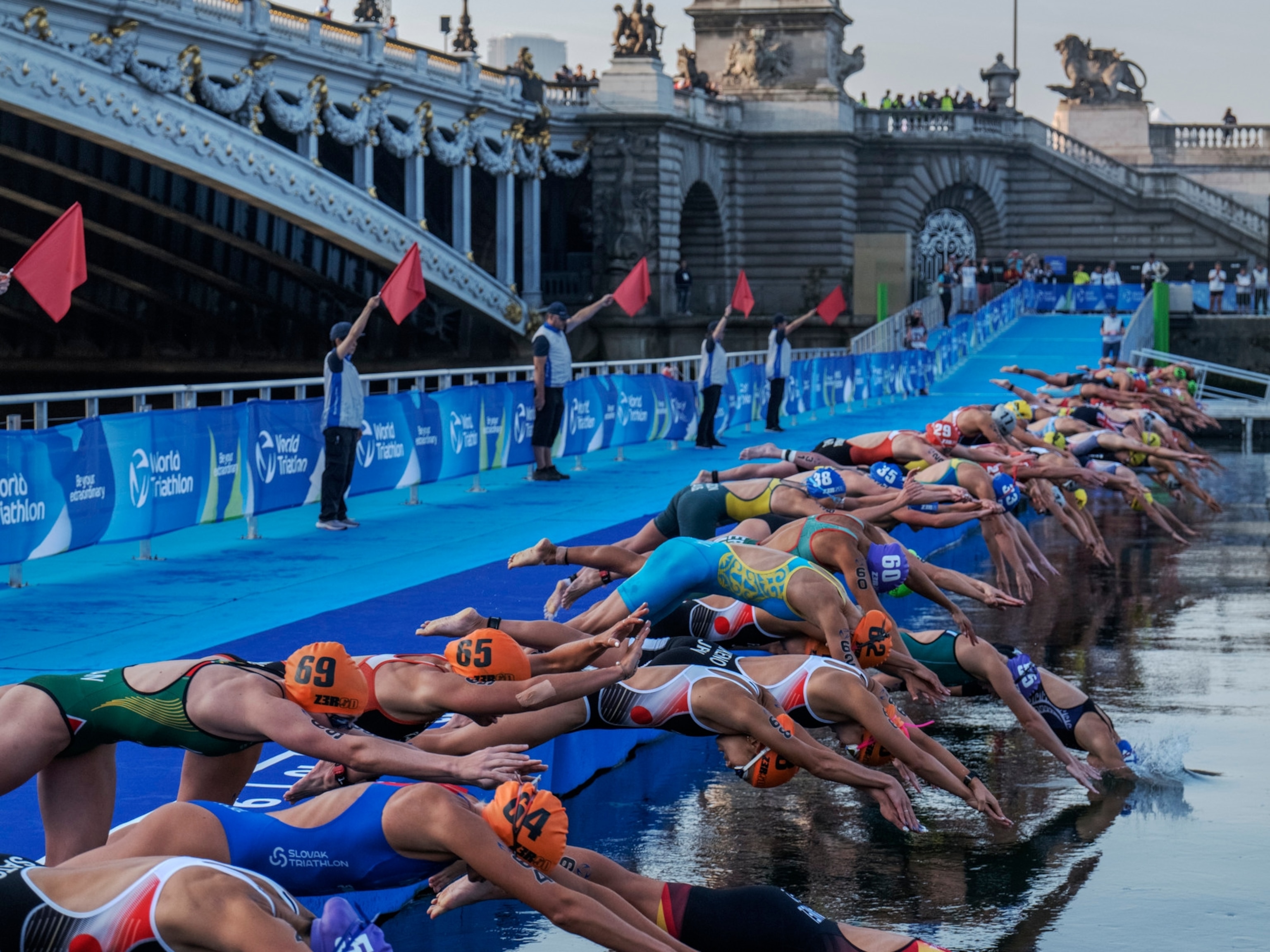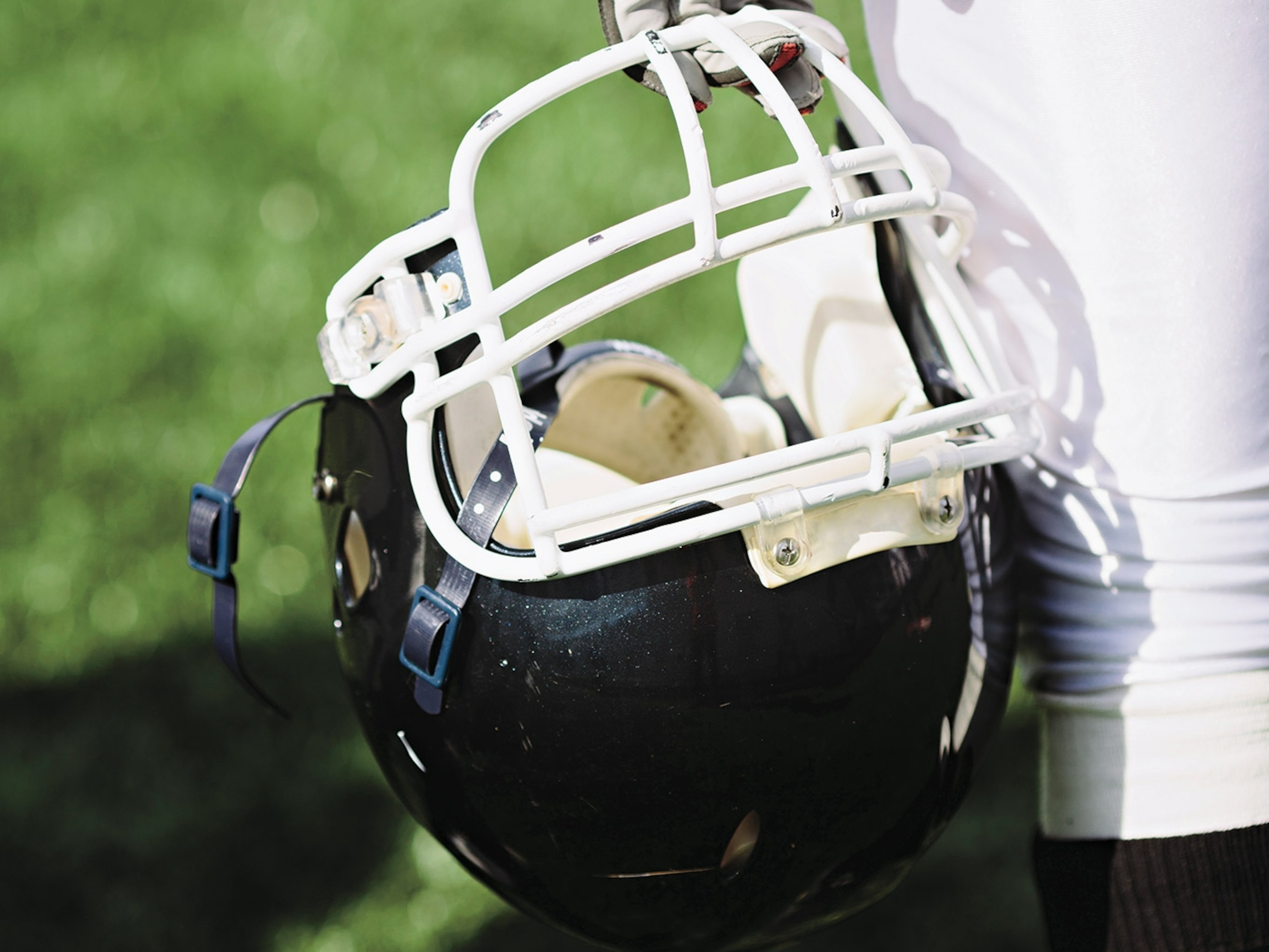In Kenya, a photographer documents the changed lives of athletes grounded by COVID-19
The loss of events and travel has curtailed the ambitions—and income—of elite sportspeople in Kenya. But despite the loss of their dreams, resilience remains.
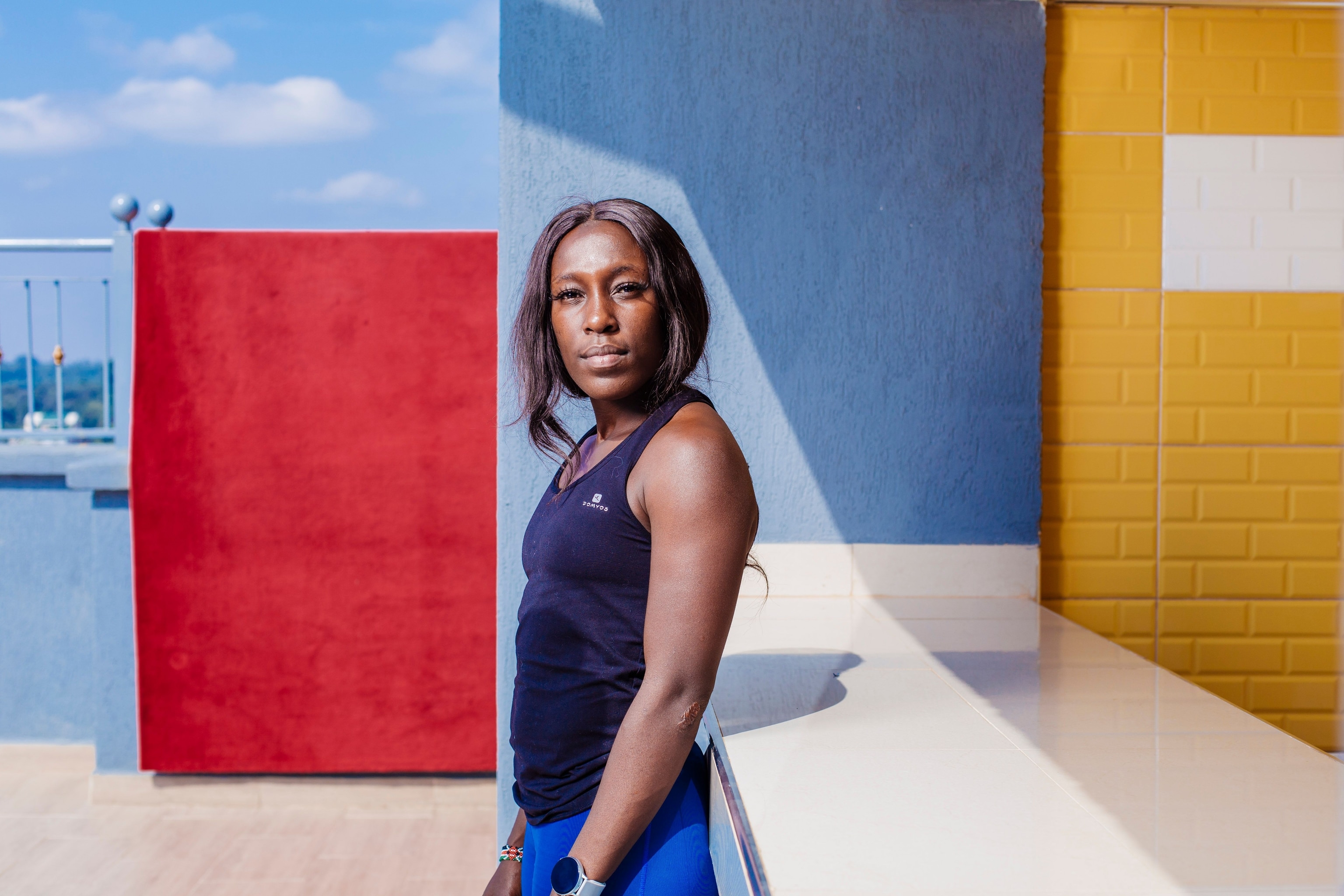
Around the world most people have been forced to change their lives to adapt to the restrictions imposed by COVID-19. Many have had to rethink their means of income, with the travel and hospitality industries hit particularly hard by a world told to stay at home, and avoid crowds. And for one section of society, these two restrictions in particular have combined to force a change to which some are scrambling to adjust: athletes. And in some countries, the change has been total.
Photographer Louis Nderi, a National Geographic Explorer born in Kenya and raised in Eswatini, has documented the changing lives of a group of elite athletes in and around Nairobi as part of a project around Kenyan identity. His images reveal a group of people exemplary for upholding a national tradition of sporting achievement around the world – as well as critical community outreach and training – being forced to confront an immediate future without it.
(Related: In this sprawling city within a city, fighting coronavirus requires solidarity.)
Kenyan athletes have a long history on the international stage. Competitors from the East Africa country hold 23 of the 95 world records for male and female outdoor events kept by World Athletics; the next closest is the USA, with 15. Yet for all the fanfare, for many of the individuals the ability to work as professional athletes are hampered by economic challenges, systemic gender inequality – and now the government's approach to supporting a source of national pride during a global pandemic.
It's a reckoning, Nderi says, that not only should be prompting Kenya to consider its attitude towards its cherished ambassadors, but will record the reality of life of these athletes through the new hardship prompted by COVID-19. Some are managing just fine with auxiliary careers; some are being forced to train in makeshift facilities, and are struggling on every level.
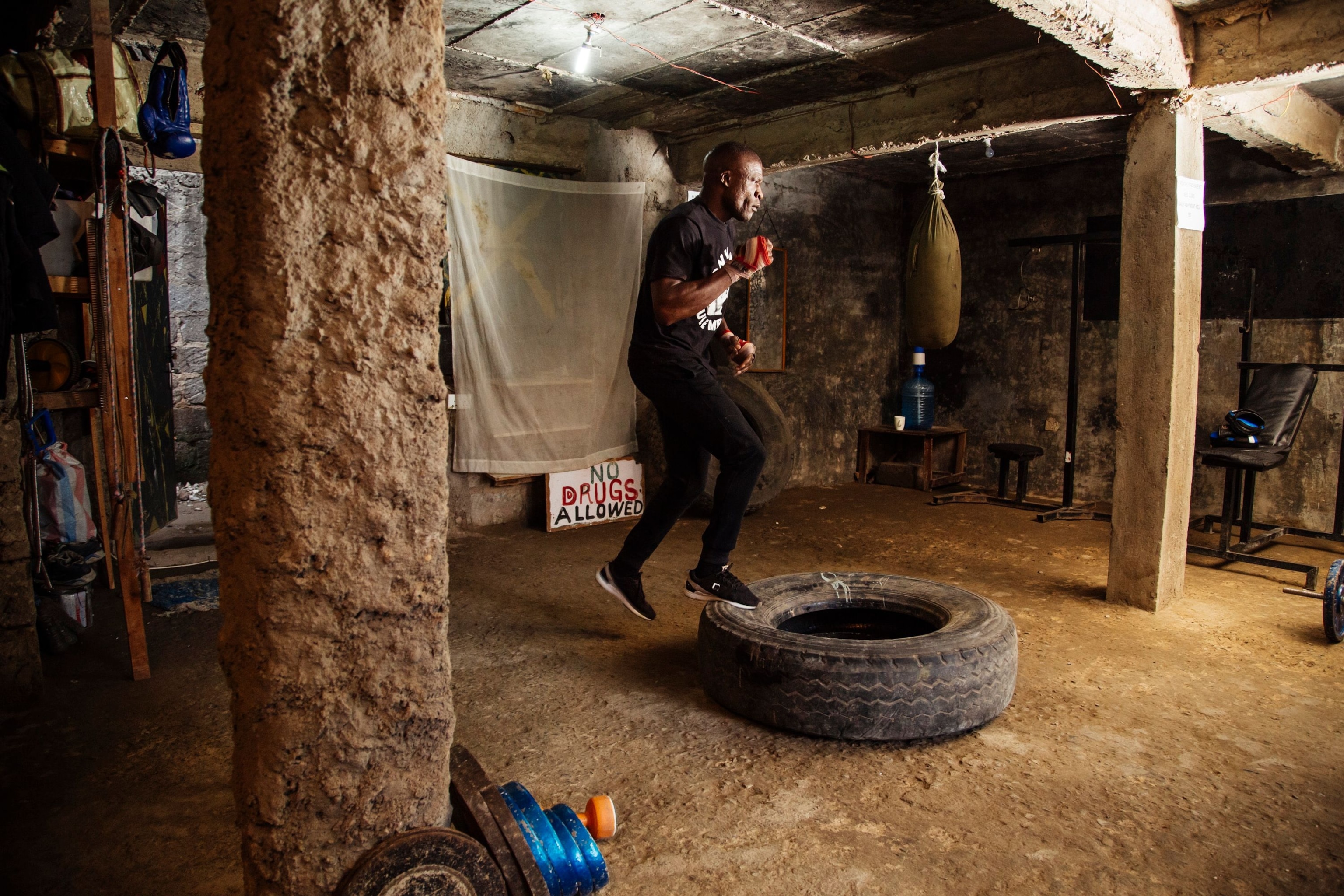
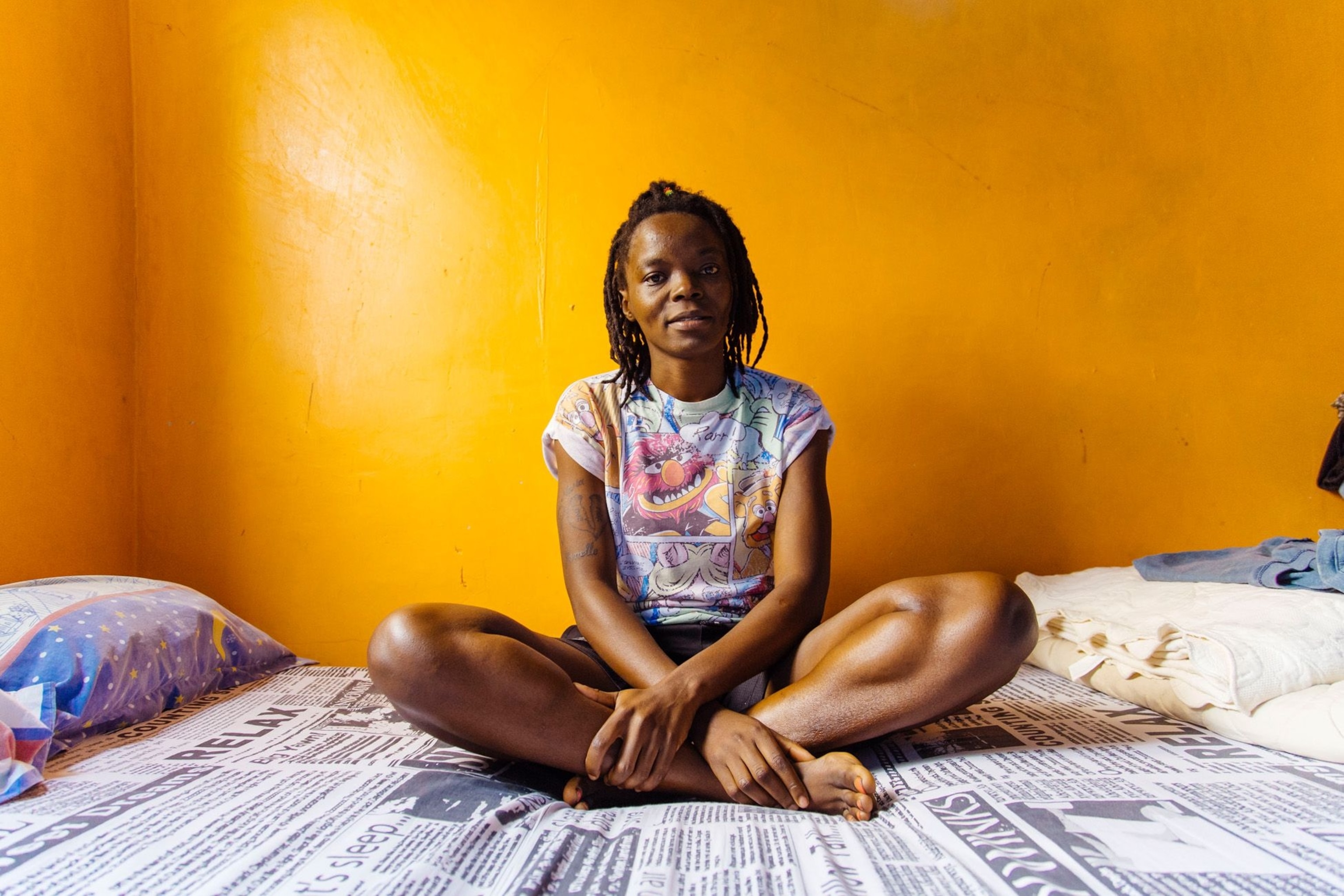

Of his project, he says: “The main goal is to create an opportunity for Kenyans to be in charge of their own narrative. To open a discussion on what it means to be a Kenyan today. What does it look like? What does it feel like? All through the eyes of these sportsmen and women.”
Nderi spoke to National Geographic U.K. about his work.
What makes the situation for athletes in Kenya particularly challenging?
The athletes shown in these images represent the situation at large – which is a lack of opportunities due to cancellation of major sporting events. Their major source of income was completely cut off. These athletes have dedicated a large portion of their lives flying Kenya’s banner; they are Kenya’s best brand ambassadors. The pandemic was an opportunity for the country to give back to the people who have given so much. The government’s response to the athletes overall is underwhelming to say the least.
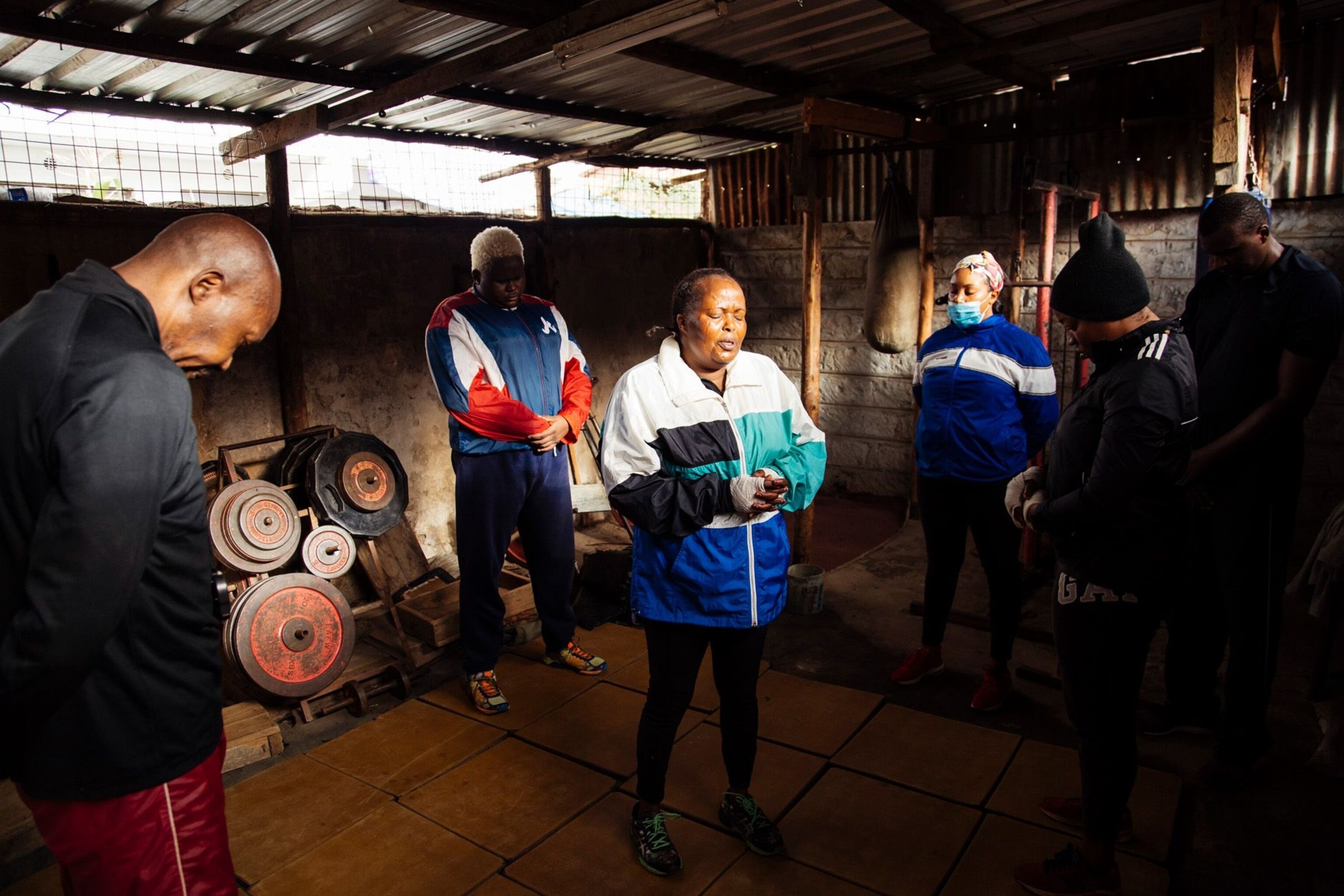
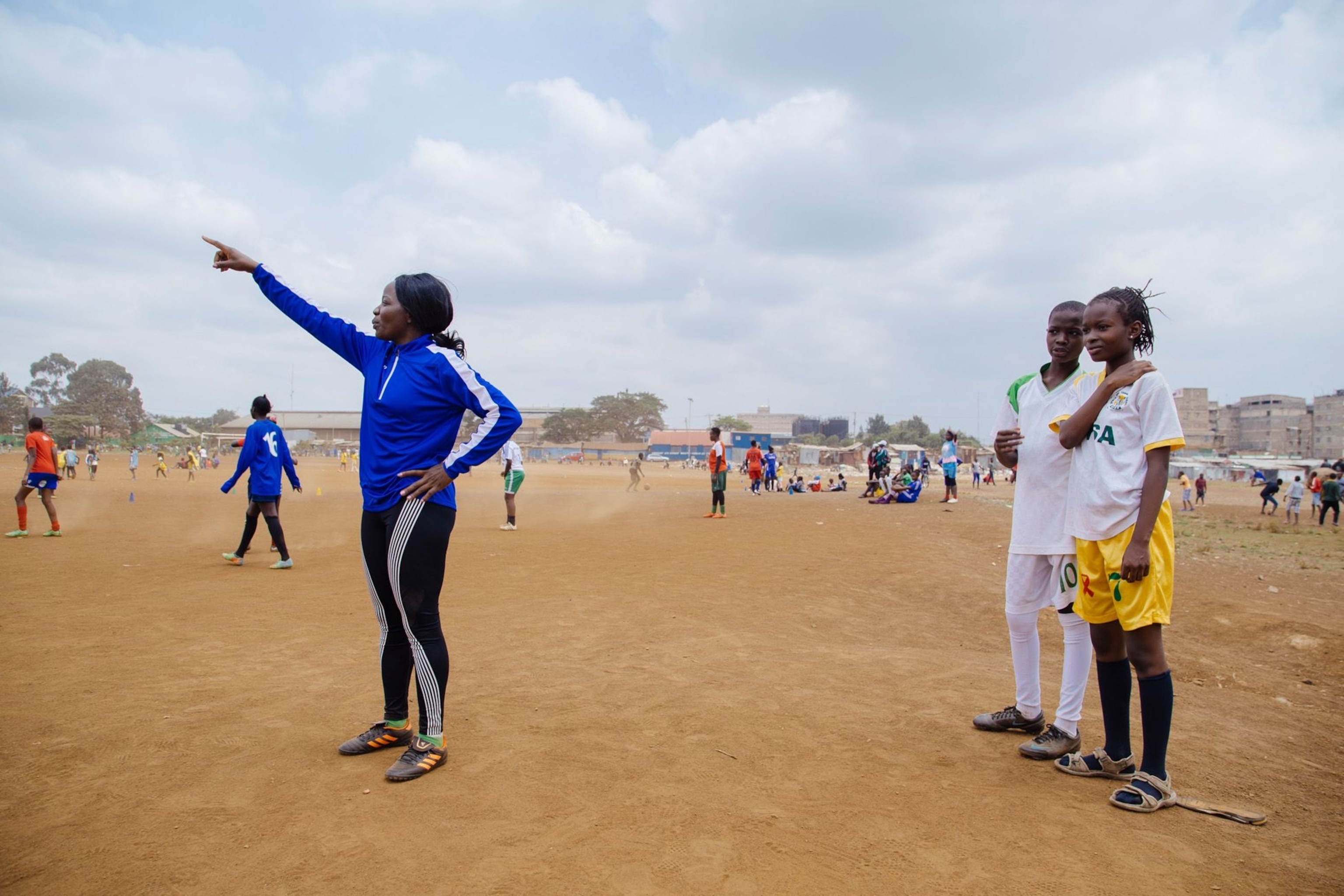
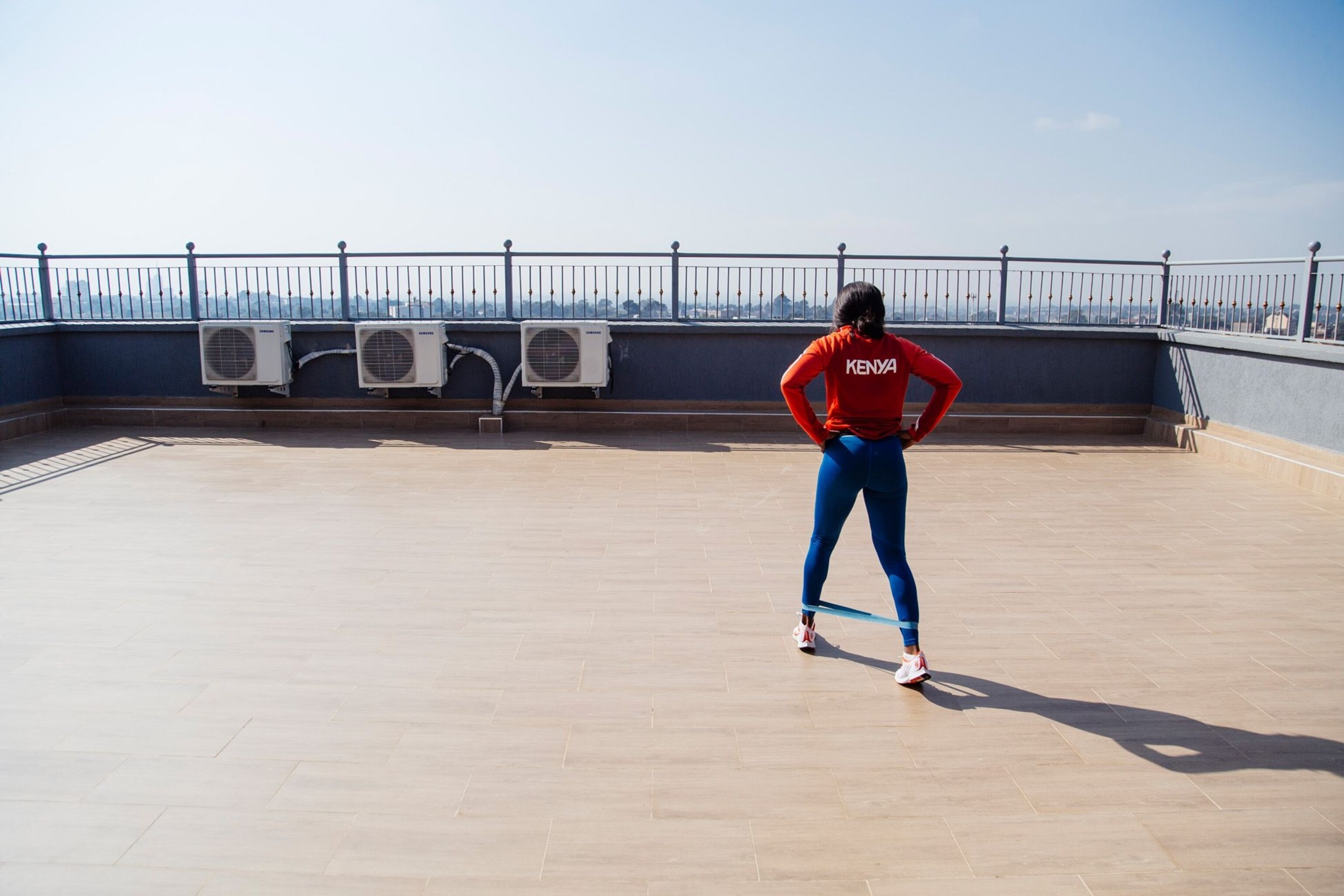
As a photographer, why did you want to cover this subject?
I think initially by instinct. In another life I may have been a rugby player or boxer. The connection to sports is a personal one. I wanted to find a way of engaging with them that was meaningful. I suppose I was motivated to show in pictures what hasn’t been seen before, but I later settled on making pictures that were authentic and honest to the situation that all these athletes were experiencing – as COVID-19 is something we are all experiencing collectively.
(Read: photographs show the world's essential workers on the front lines.)
What was the attitude towards COVID-19 amongst the people you photographed?
COVID-19 took a backseat to putting food on the table and paying the bills. Most of the athletes don’t live in the urban areas, so the attitude was more like “COVID is only in Nairobi” (referring to the suburbs) not where most of the athletes live, which is on the outskirts/lower income areas of the city or country.

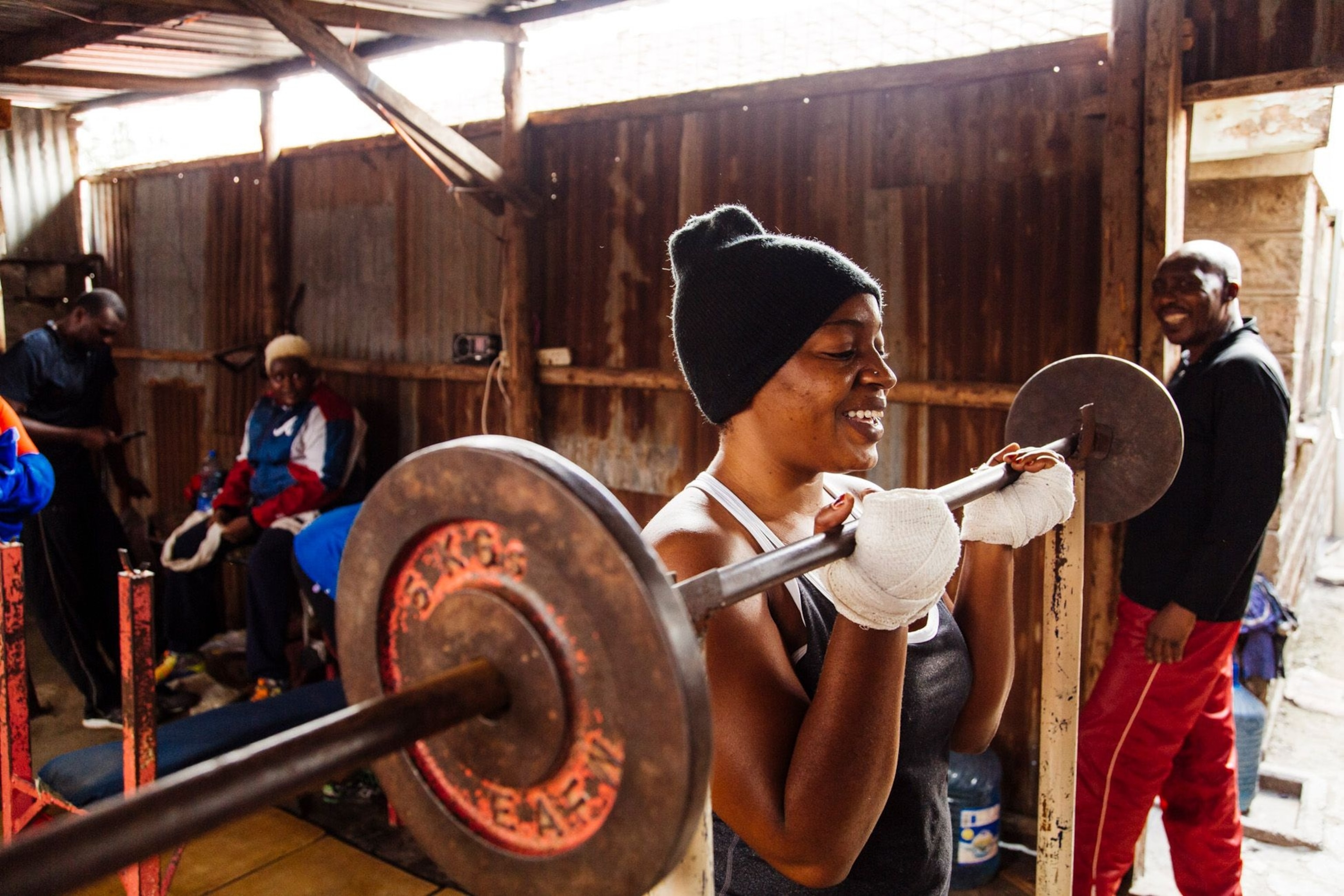
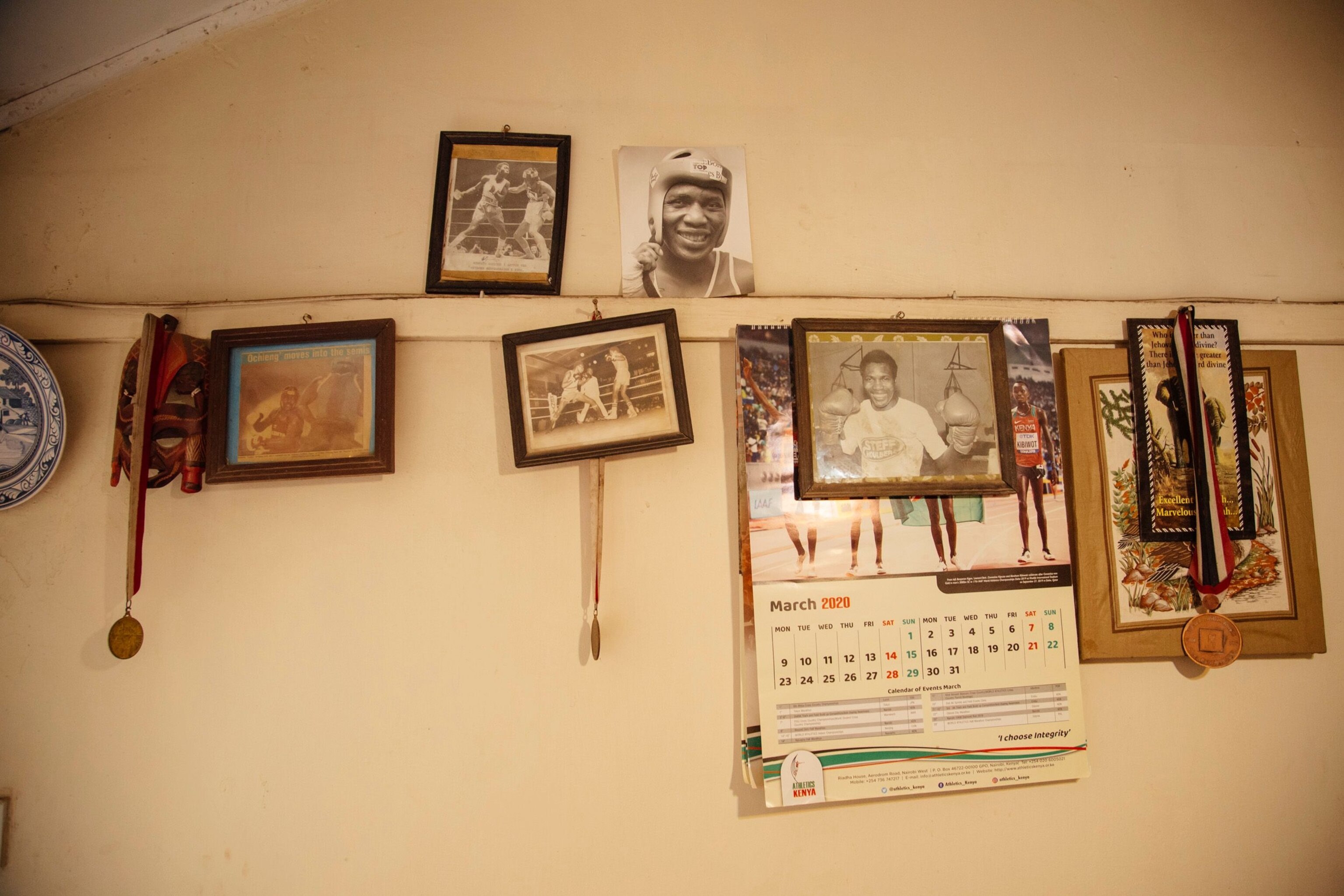
Many of the subjects of your work have presumably been forced to make a living by other means...
All the athletes had to revert to an alternative means [of income] or massively scale down in some way. Ken “Valdez” Ochieng, one of Kenya’s most respected boxing coaches, would coach hundreds of boxers in different gyms around the city. Currently he is limited to training his neighbours at his home gym. Michelle Sinaida, who plays for the Kenya Lionesses (National Women’s Rugby Team), now focusses more on her day job working for a logistics firm, giving up her rugby life entirely until the pandemic eases up. Christine Nafula, who had an international football career playing for Dalhem IF in Sweden, is now knitting mats and carpets full time. The lifestyle changes have been all quite dramatic.
(Read: the calming power of nature during a pandemic.)
What is the importance of sport and athleticism in the fabric of Kenyan identity?
Since independence, Kenyan athletes have always been symbols of national pride and heritage. Kenya’s sporting history is a vibrant one that the younger athletes look back on for inspiration. I think our athletes, like the runners for example, are very proud that their contributions, in the hearts and minds of many Kenyans, will be immortalised forever. Athletes in Kenya are icons, and symbols of a brighter future. However many of these athletes, especially the female athletes, feel jaded by a government and organisations that do not pay the women as much the men. Corporates in Kenya also do not sponsor the Women’s Premier Leagues.
The attitude of these women athletes towards sport is that it is just a “passion” and it is something that cannot be pursued professionally. The majority of the athletes are appreciated for their entertainment value but are rarely given the opportunity to fully realise their potential. The reality of course is that not everybody can make it to the Olympics or the world stage, but you don’t necessarily have to get there to make a good living as an athlete.
As well as the practical aspects of making a living, there is also the sense that some of these athletes are suffering the death of their dream, identity even. Do you agree?
I think to an extent due to the lifestyle changes, a lot of athletes are going through hardship. Despite this, what surprised me was just how positive most of the athletes are. There is cameraderie and a strong sense of community among the athletes which has made them resilient even in the toughest of times. It is important to acknowledge that since the pandemic started in March [last year], the government has been sending one-off payments to some athletes such as the football players in the national men’s and women’s teams. There is still however a lot of work to be done to create a sustainable solution for Kenyan sportspersons for the foreseeable future. A lot of athletes would mention the need for adequate facilities and resources to train during the COVID period.
Was there a sense of hope?
It was interesting for me to see where the real strength of these athletes comes from. The consistent thread that ties them together is family. Whether that means colleagues at work, friends at the gym, or spending time with children and loved ones. When the athletes are with family, COVID-19 ceased to matter, their careers didn’t matter, their living situations did not matter. Community is the social fabric that we cling to when nothing else remains.
This article was adapted from the National Geographic U.K. website.

